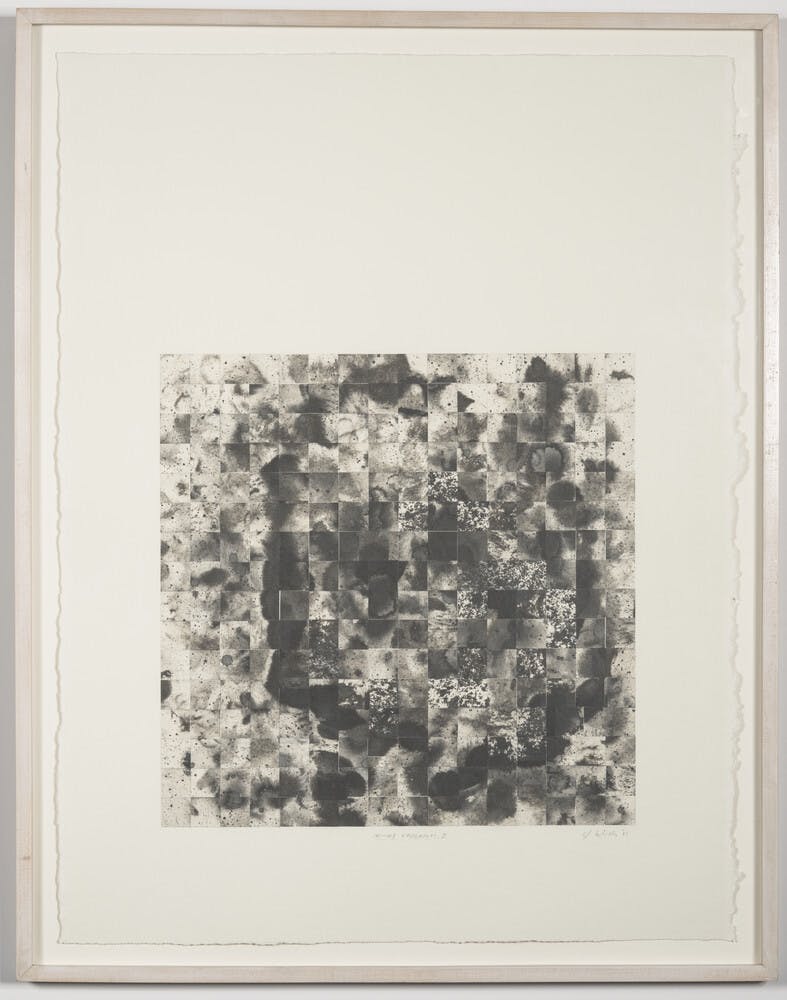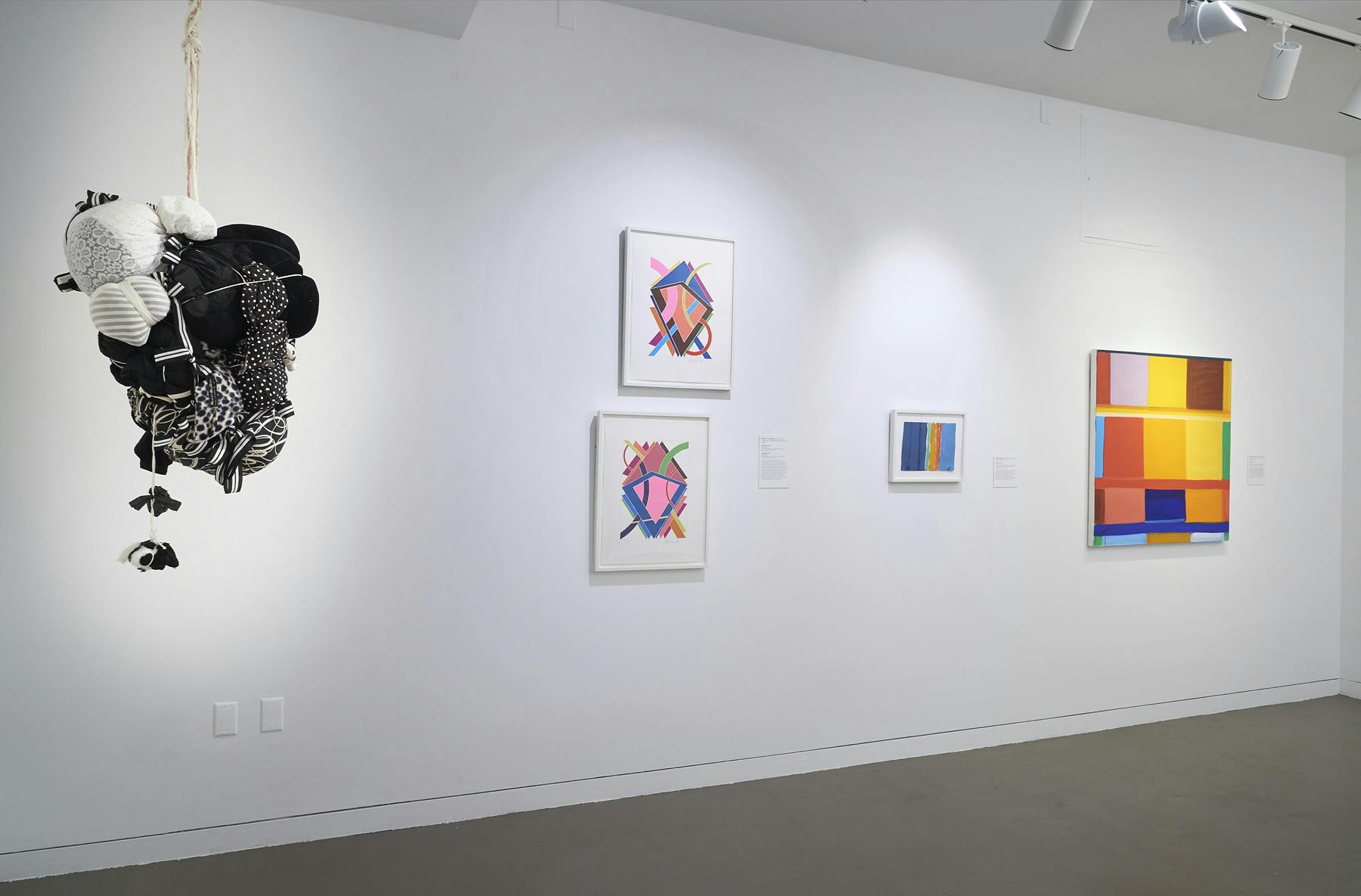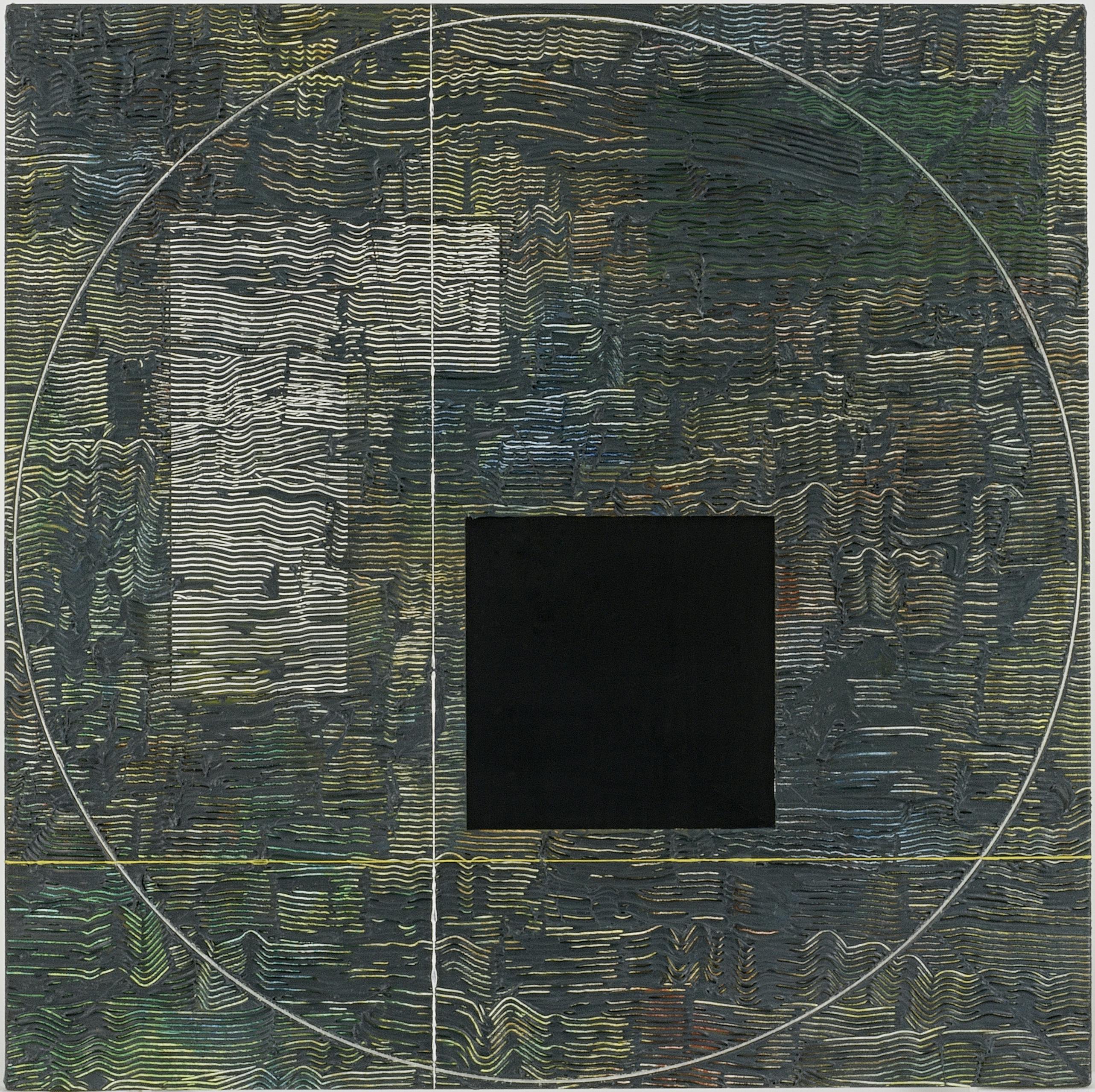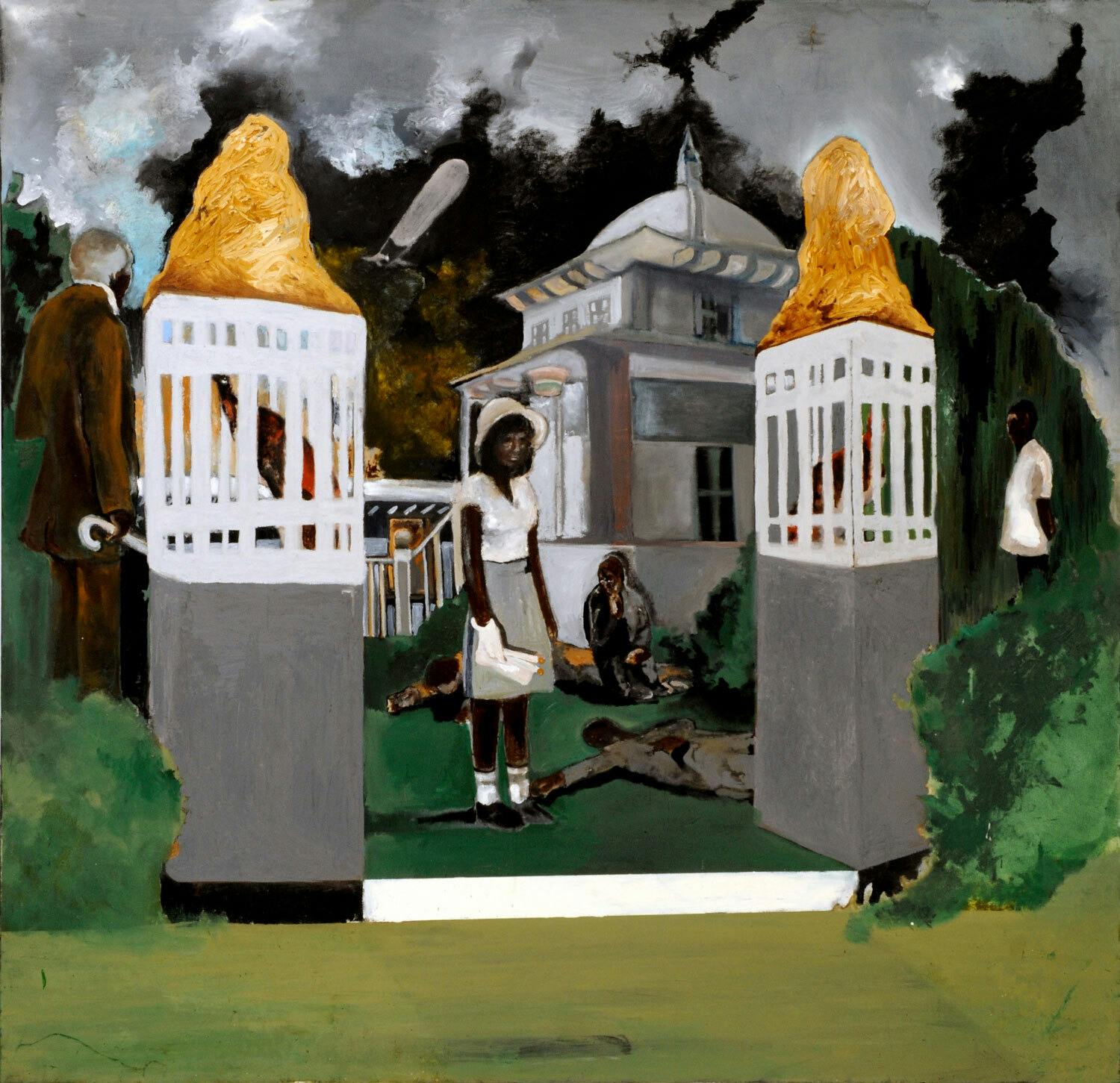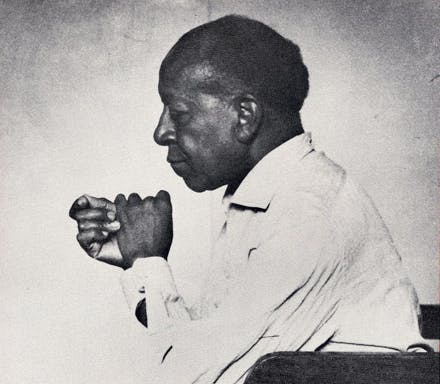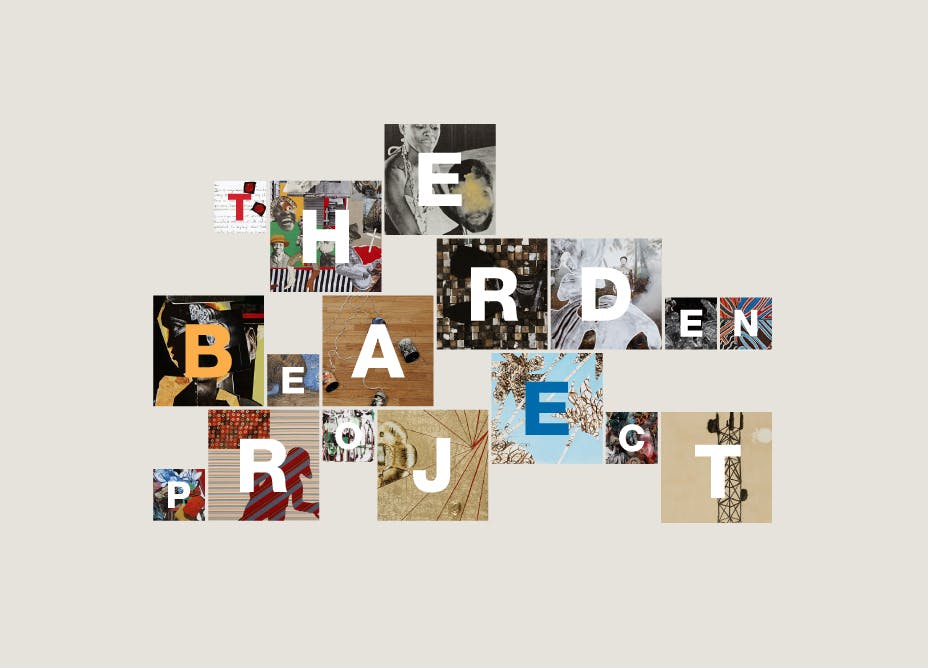Jack Whitten
(1939–2018)Biography
For over six decades, Jack Whitten radically explored the process of painting through Abstract Expressionism and with references to the civil rights movement.
For over six decades, Jack Whitten radically explored the process of painting through Abstract Expressionism and with references to the civil rights movement. Born and raised in Alabama, Whitten briefly studied medicine at the Tuskegee Institute in the late 1950s before turning his attention to art, first studying at Southern University and A&M College in Baton Rouge. In 1960, he enrolled at the Cooper Union and there became influenced by artists and musicians such as Norman Lewis and Miles Davis.
Whitten’s approach initially aligned with the New York circle of Abstract Expressionists. Beginning in the 1970s, however, he began to experiment with his tools and methods such that the materiality of paint and the process of painting took center stage. Through this experimentation, he pioneered a process and technique that came to define his practice—he created marks and textures with Afro combs, squeegees, and rakes. Beginning in the 1990s, his experiment with paint took on a sculptural element: Whitten transformed paint into tesserae that he adhered to the canvas, achieving a mosaic effect. These works, in their process of making, allude to architecture and murals and serve as abstract tributes to Black artists and historical figures such as Ralph Ellison and W.E.B. Du Bois. In the later years of his life, he combined the many experimental techniques he developed to achieve innovative new surfaces, structures, and symbols that map geographic, psychological, and social locations within the African American experience.
Whitten earned his BFA from the Cooper Union. He received a Solomon R. Guggenheim Fellowship (1976); National Medal of the Arts (2015); and Skowhegan Medal for Painting (2017). The Studio Museum presented his work in exhibitions such as Jack Whitten: Ten Years, 1970–1980 (1983–84); The Bearden Project (2011); and Black: Color, Material, Concept (2015).
Exhibitions and Events
Jack Whitten
(1939–2018)Memory Fragments II, 1992
Biography
For over six decades, Jack Whitten radically explored the process of painting through Abstract Expressionism and with references to the civil rights movement.
For over six decades, Jack Whitten radically explored the process of painting through Abstract Expressionism and with references to the civil rights movement. Born and raised in Alabama, Whitten briefly studied medicine at the Tuskegee Institute in the late 1950s before turning his attention to art, first studying at Southern University and A&M College in Baton Rouge. In 1960, he enrolled at the Cooper Union and there became influenced by artists and musicians such as Norman Lewis and Miles Davis.
Whitten’s approach initially aligned with the New York circle of Abstract Expressionists. Beginning in the 1970s, however, he began to experiment with his tools and methods such that the materiality of paint and the process of painting took center stage. Through this experimentation, he pioneered a process and technique that came to define his practice—he created marks and textures with Afro combs, squeegees, and rakes. Beginning in the 1990s, his experiment with paint took on a sculptural element: Whitten transformed paint into tesserae that he adhered to the canvas, achieving a mosaic effect. These works, in their process of making, allude to architecture and murals and serve as abstract tributes to Black artists and historical figures such as Ralph Ellison and W.E.B. Du Bois. In the later years of his life, he combined the many experimental techniques he developed to achieve innovative new surfaces, structures, and symbols that map geographic, psychological, and social locations within the African American experience.
Whitten earned his BFA from the Cooper Union. He received a Solomon R. Guggenheim Fellowship (1976); National Medal of the Arts (2015); and Skowhegan Medal for Painting (2017). The Studio Museum presented his work in exhibitions such as Jack Whitten: Ten Years, 1970–1980 (1983–84); The Bearden Project (2011); and Black: Color, Material, Concept (2015).
